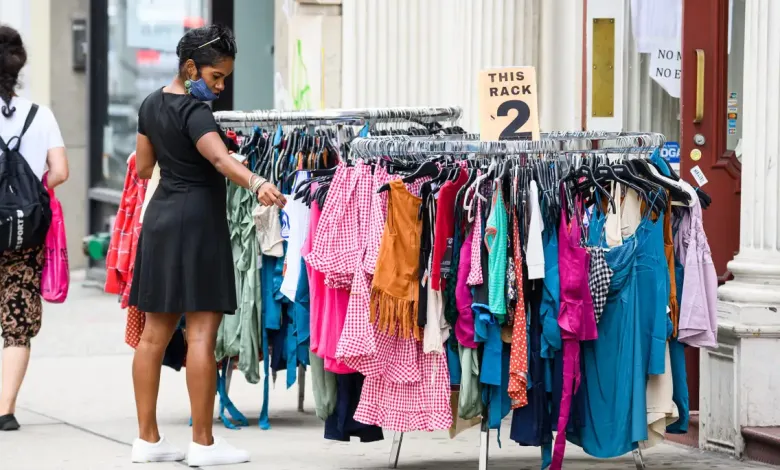
Europe's second-hand clothing industry is experiencing a boom and is projected to reach $36.4 billion by 2034. This growth is being fuelled by a growing desire for sustainable fashion and unique finds.
The catalysts for growth are many. One major growth driver is the rise of online platforms. Easy access to pre-owned clothing through online marketplaces like Depop and Vinted has revolutionized buying and selling. The allure of discovering one-of-a-kind pieces at a fraction of the retail price attracts budget-conscious fashionistas seeking to express their individuality. Also eco-conscious consumers are embracing pre-loved clothing and customization to reduce waste.
Market breakdown
Italy leads growth with a projected CAGR of 7.4 per cent. However, Spain shows explosive potential with a CAGR of 8.1 per cent. Women's clothing dominates the market at 55.1 per cent share. Party wear is expected to be the leading segment in 2024.
However, challenges remain. The stigma of ‘used’ clothing lingers among many consumers. Some consumers still perceive second-hand clothing as inferior, hindering wider adoption. Ensuring consistent quality and condition across pre-owned items is crucial for building trust.
Luxury resale and customization fuel growth
Luxury resale platforms cater to a niche market seeking designer brands at a discount. Collaborations between established fashion houses and resale platforms further legitimize the second-hand market and broaden its appeal. Customization and upcycling are also gaining traction as consumers seek to personalize their wardrobes and minimize waste. Many resale businesses now offer workshops and services to cater to this growing demand for sustainable, unique fashion. Influencer marketing and social media endorsements significantly impact consumer perception, particularly among younger demographics. This exposure is driving the demand for second-hand clothing.
Meanwhile, H&M's foray into second-hand clothing demonstrates the commitment of established brands to sustainability. And partnerships like The RealReal and Neiman Marcus showcase the growing collaboration between luxury and resale sectors. Poshmark's acquisition of Premium Garage Sale highlights the consolidation trend within the resale market.
Moving ahead, as competition intensifies businesses must prioritize innovation, adapt to evolving trends, and champion sustainability to maintain a competitive edge. This includes utilizing technology like blockchain for authentication and traceability, further enhancing consumer confidence.












